 Are you looking for a way to grow your influence while making more sales?
Are you looking for a way to grow your influence while making more sales?
Do you ever wonder if teaching is right for your business?
To learn how you can sell with teaching, I interview John Jantsch for this episode of the Social Media Marketing podcast.
More About This Show
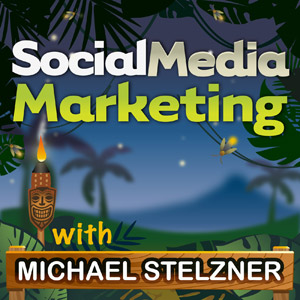
The Social Media Marketing podcast is a show from Social Media Examiner.
It's designed to help busy marketers and business owners discover what works with social media marketing.
The show format is on-demand talk radio (also known as podcasting).
In this episode, I interview John Jantsch, who's written four books, including Duct Tape Marketing. His newest book is Duct Tape Selling. John helps small- and mid-sized businesses enhance their sales and marketing efforts.
John shares how teaching and sales connect.
You'll discover different ways to teach, businesses that do it well and the value of newsletter content.
Share your feedback, read the show notes and get the links mentioned in this episode below!
Listen Now
Where to subscribe: Apple Podcasts | Spotify | YouTube Music | YouTube | Amazon Music | RSS
Here are some of the things you'll discover in this show:
Teaching Sells
How John got into sales
Get World-Class Marketing Training — All Year Long!
Are you facing doubt, uncertainty, or overwhelm? The Social Media Marketing Society can help.
Each month, you’ll receive training from trusted marketing experts, covering everything from AI to organic social marketing. When you join, you’ll also get immediate access to:
- A library of 100+ marketing trainings
- A community of like-minded marketers
- Monthly online community meetups
- Relevant news and trends updates
John explains that he was exposed to sales at a very young age, when his dad was a representative for a traditional manufacturer. Not only was he exposed to it as a profession, but John's dad was also a great mentor to him.
His dad always obsessed about trying to deliver value to his customers and to make sure he kept his word.

The way people sell today has changed because of all of the different tools that are available. Back then, people knew what they wanted to buy, but now it's something different.
Listen to the show to find out what John's first job was when he left college.
How teaching and selling connect
First of all, you don't want to be pushy with your product. Most people are turned off by this and build a wall straight away, even if they're interested.
Instead, you need to tell stories, share examples of other people's success and start to paint a picture of how you can solve the customer's problem. John feels that with this approach, the trust barrier is removed. It's a great way for other people to relate to you as someone who delivers value, without the exchange of money.
Some of the best ways to attract people to you is to teach through workshops, seminars or articles. A lot of people want to be taught and led by someone else. When you develop a reputation for being someone who can teach people, then you get invited to places where you have the opportunity to sell.
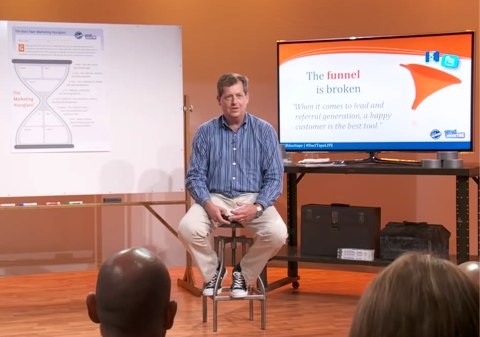
A lot of people still believe that if you give too much away, you won't be hired. However, from John's experience (and mine), it's the total opposite. The more you give and demonstrate your expertise for free, the more likely you are to attract that ideal customer. People see you as someone who is willing to give before they ask.
Listen to the show to discover the percentage of business that John receives from people who are not customers or he doesn't have direct interaction with.
An example of a business that is winning by teaching
One of the first companies that comes to mind is HubSpot, which makes a profit from teaching. They produce great ebooks and run live webinars with different experts.
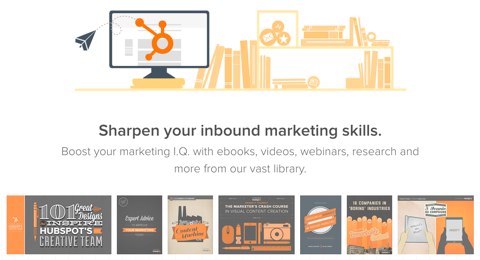
Another company that John personally uses is REI, which sells quality outdoor gear. They do a tremendous amount of teaching on their website. The information they provide supports the products they sell. It's great for the outdoor enthusiast who wants to be part of that community, as well as buy a product from them.
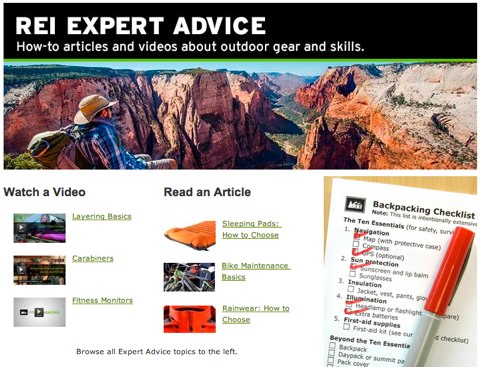
You'll hear a great example of how a small software company stood out from their competitors in the way they market their product and why John believes it's the key to success.
Listen to the show to hear other examples of companies and individuals who sell through teaching.
What is the “Total Content System”?
John explains that the Total Content System concept is built around the fact that you can't just decide to write a blog post about something. It doesn't scale if you want to take the idea of content as a strategic part of your business or marketing.
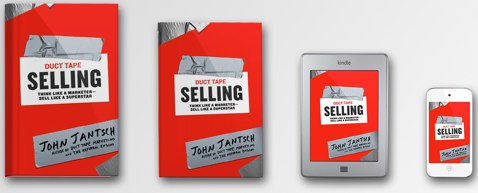
The idea is that there are probably about 8 or 10 themes that make up the bulk of what your business should write about. These include keywords and phrases that potential clients look for, which are key industry terms.

Once you sit down and figure out what your themes are, you can incorporate them into your editorial calendar well in advance. This allows you to focus on the important things that you should write about.
This framework allows you to recruit people for guest posts, think about a group of posts that you could turn into an ebook or even guests you might want to schedule for a future podcast episode.
If you want to build an asset with content and teaching in terms of consistency and longevity, you can keep coming back to the same themes to use in different ways. These themes marry the editorial calendar with search engine optimization.
You'll discover how John tests the water with new ideas he has for content, and what he does with the feedback he receives.
Brian Clark, founder of Copyblogger, is a great example of someone who does an amazing job at teaching and selling. One of the first courses of his I completed was Teaching Sells.
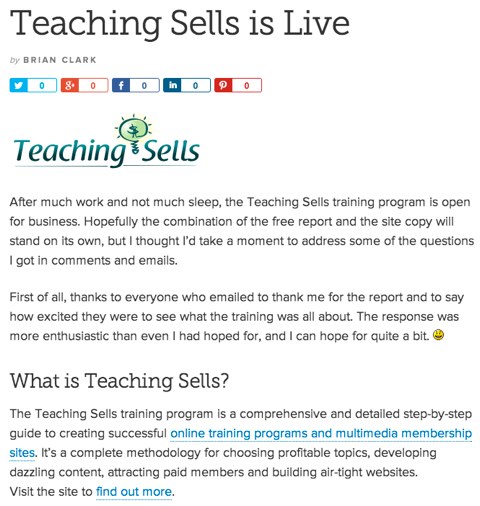
More recently he has used the New Rainmaker podcast to teach people how to market, and how the world of marketing is changing. You'll hear how Brian understands the idea of integration as well as anyone.
Listen to the show to find out what other platforms Brian uses to make sure all of his content works together.
How to decide what to teach
One of the mistakes that John sees is people who just write any kind of blog content. No matter where you write, you need to understand that the purpose of the content is to teach. It's to guide people down a logical path. Some of the content you'll write will be just to create awareness.

Discover Proven Marketing Strategies and Tips
Want to go even deeper with your marketing? Check out the Social Media Marketing Podcast! Publishing weekly since 2012, the Social Media Marketing Podcast helps you navigate the constantly changing marketing jungle, with expert interviews from marketing pros.
But don’t let the name fool you. This show is about a lot more than just social media marketing. With over 600 episodes and millions of downloads each year, this show has been a trusted source for marketers for well over a decade.
Next you have to intentionally create content that builds trust. This can be with case studies, examples of success or fan reviews.
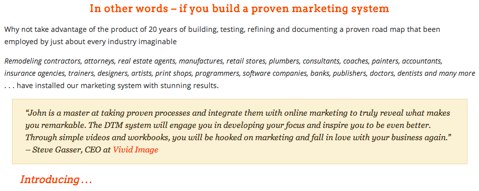
Once you have moved people down this path, you then must have content that lets them know how it will work for them. They are now at a place where they might consider you. So you have to figure out what this will look like.
You really need to make sure that you have content that really engages with your community and customers, which also allows them to create and participate.
Last but not least, you must have content specifically designed to 1) convert and 2) create referrals.
Listen to the show to hear how we use content at Social Media Examiner to get people onto our email newsletter list.
The value of newsletters and content
One of the ways that you can easily lose subscribers from your email newsletter is if your first message to them is a sales pitch. However, once you deliver a lot of value and have provided different kinds of content, you get to a point where you have earned the right to mention your product within the newsletter.
When people find your content through search, you need to make sure that you include an opportunity for them to never miss another article. This is when they decide to give you their email address, and will end up on your newsletter list. They can then start to hear from you on a daily or weekly basis.

You'll hear how you can use the newsletter to continually educate and give value. John explains the kinds of things he includes in his newsletter and how it builds loyalty.
Your email newsletter list is the most valuable asset you own. Once you have it, you need to continue to experiment with the formats to keep people engaged.
There is no single way to do this. You'll find out what approach Michael Port—who is an author, speaker and small business marketing consultant—uses in his email newsletter.
Remember that the people who sign up to your newsletter are your most loyal fans. They give you permission to communicate with them on a regular basis. The amount of investment in your newsletter should be greater than in your original content.
Listen to the show to find out how Chris Brogan has taken a different approach with his newsletter, which helps him stand out in the inbox.
How to know if your content is contributing to the sale
John says that you need to be very good at measurement and have clear objectives. One of his favorite metrics is the percentage of leads converted. This is a metric that very few people actually measure.

Everybody gets really excited about generating traffic. The metric that actually makes the most money is conversions. If you can establish a baseline of 1, 2 or 3% at conversion, then you can go to work on tweaking all of the things that lead to that. These include the content, process and touch points.
If you want to make the most profit possible, then you need to be scientific about it. Both HubSpot and Marketo allow you to track everything.
At the end of the day, it's not just about the sale. You need to get the right sale. The great thing about teaching to sell is that when people come, they are ready to buy.

You'll hear how we use ad track URLs with 1ShoppingCart at Social Media Examiner, and how our Social Media Marketing Industry Report helps us with deep analysis.
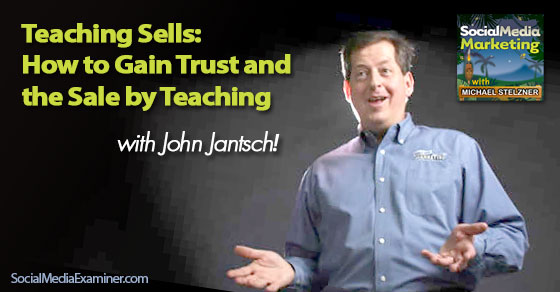
Listen to the show to discover what Marcus Sheridan of The Sales Lion expects a potential client to do before he takes them on.
Other Show Mentions
In May I will be starting a brand-new podcast called Parenting Adventures. It's part of our My Kids' Adventures property. Although it's not all ready yet, I know it's going to be awesome.
The kinds of topics that we'll cover include how to do great outdoor adventures with your kids and how to get your kids weaned off of their digital addictions. I'm really excited about this initiative, and look forward to sharing it with you.
You'll learn more about it in future episodes.
Call in and leave your social media–related questions for us and we may include them in a future show.
Key takeaways mentioned in this episode:
- Connect with John Jantsch on his website.
- Read John's book, Duct Tape Selling.
- Check out the type of teaching content that HubSpot has in its library.
- Take a look at how REI teaches on its website.
- See how Brian Clark uses the New Rainmaker podcast to teach.
- Check out Teaching Sells.
- Sign up to Michael Port‘s and Chris Brogan‘s newsletters to see what they include that's different.
- Use HubSpot and Marketo to help with your tracking.
- Head over to 1ShoppingCart.
- Get the Social Media Marketing Industry Report 2014.
- Contact Emily at [email protected] if you're interested in sponsoring the Social Media Marketing podcast.
Help Us Spread the Word!
Please let your Twitter followers know about this podcast. Simply click here now to post a tweet.
If you enjoyed this episode of the Social Media Marketing podcast, please head over to iTunes, leave a rating, write a review and subscribe. And if you listen on Stitcher, please click here to rate and review this show.
Ways to subscribe to the Social Media Marketing podcast:
- Click here to subscribe via iTunes.
- Click here to subscribe via RSS (non-iTunes feed).
- You can also subscribe via Stitcher.
What do you think? What are your thoughts on selling with teaching? Please leave your comments below.
Images from iStockPhoto.
Attention Agency Owners, Brand Marketers, and Consultants

Introducing the Marketing Agency Show–our newest podcast designed to explore the struggles of agency marketers.
Join show host and agency owner, Brooke Sellas, as she interviews agency marketers and digs deep into their biggest challenges. Explore topics like navigating rough economic times, leveraging AI, service diversification, client acquisition, and much more.
Just pull up your favorite podcast app, search for Marketing Agency Show and start listening. Or click the button below for more information.

